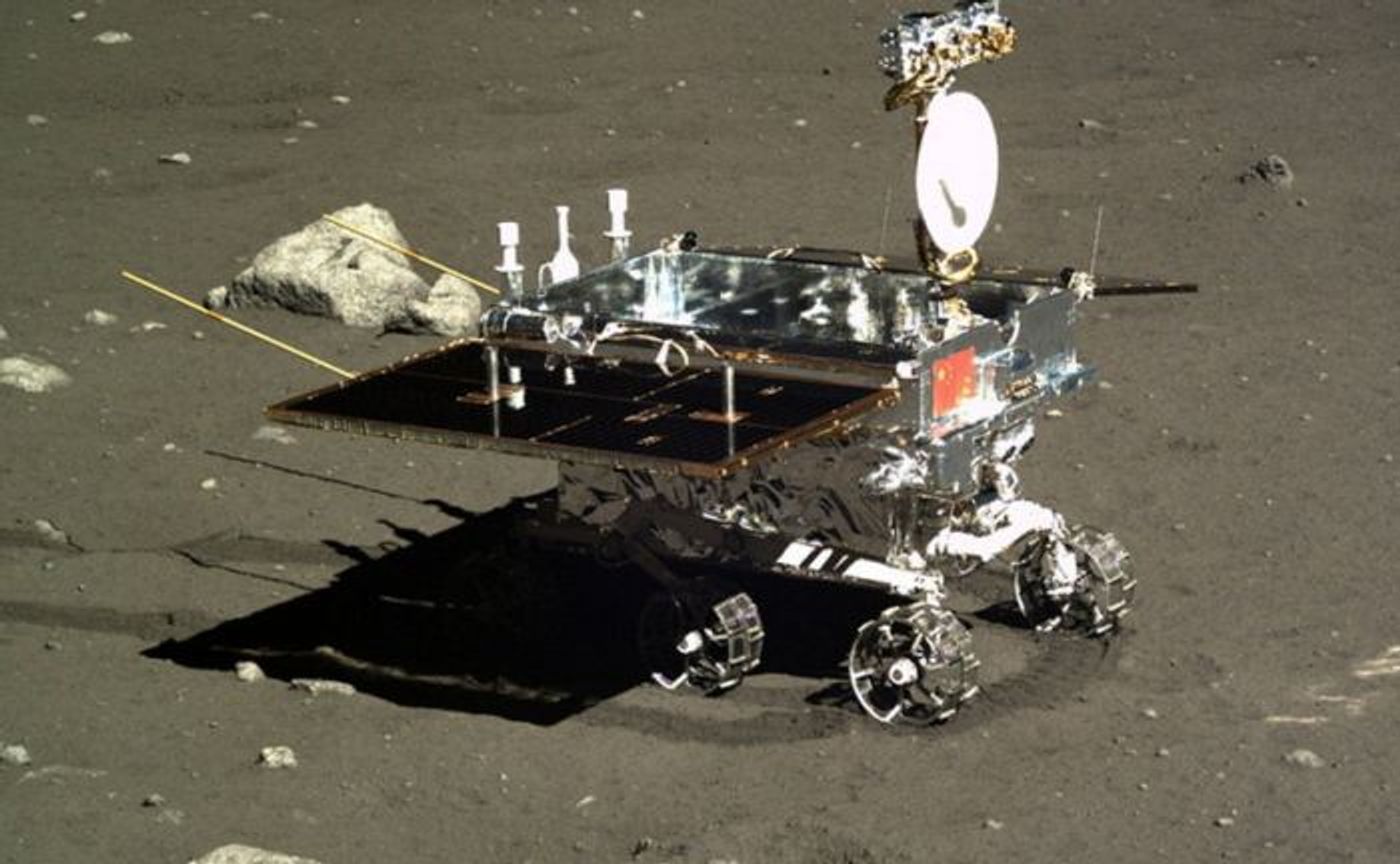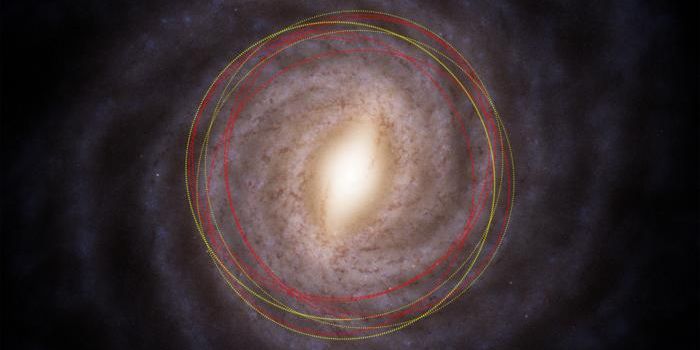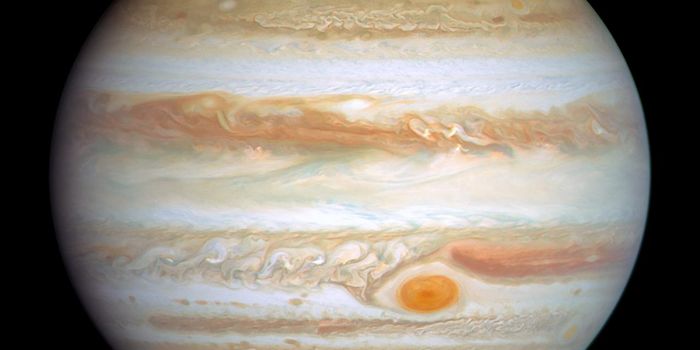Upcoming Lander to Send Insects and Plants to the Lunar Surface
Renewed interest in the Moon has become rather evident as of late. Not only do Russia and the United States share the common interest of building a lunar space station, but international scientists also want to colonize underground tunnels on the Moon (better known as lava tubes).
While humans have landed on the moon previously, we still don't know everything about it. That said, scientists from around the world continue to brainstorm new ways to learn more about Earth’s planetary companion.
Image Credit: CASC/China Ministry of Defense
China is just one player in the game of lunar exploration, and citing Universe Today, the nation's space agency is working on the next stage of the Chinese Lunar Exploration Program (CLEP) aimed at furthering humankind’s understanding of the Moon.
This next stage will involve sending a bevy of new equipment to the Moon for studying the lunar environment. It would start things off with an orbiter by the end of 2018, and then a lander and rover would follow a few months after.
Related: China to send 13 different payloads to Mars by 2020
Just like other planetary science projects, the lander and rover would explore the surface while the orbiter acts as a communication hub between Earth and the surface-based equipment. But it doesn’t stop there; the rover will tout another unsuspecting purpose…
As it would seem, China plans to encase insect eggs and plant seeds inside of a sealed container on the rover to learn more about how the Moon’s minimal gravity impacts development. Furthermore, the two would support one another once fully-developed and form a miniature ecosystem directly inside of the container.
“The container will send potatoes, arabidopsis seeds, and silkworm eggs to the surface of the moon,” explained Zhang Yuanxun, the container’s designer. “The eggs will hatch into silkworms, which can produce carbon dioxide, while the potatoes and seeds emit oxygen through photosynthesis. Together, they can establish a simple ecosystem on the moon.”
Related: Will the ESA have a Moon-based research lab by 2030?
This mission could potentially teach humanity a lot about the Moon. Not only should we receive details about the landing site, but we should also learn how various life forms might fare in the vastly-different environment.
The results of this mission might spark ideas to follow-up experiments – not just from China, but from other countries' space agencies too – so it should be interesting to see how it pans out in the long run.
Source: Universe Today









